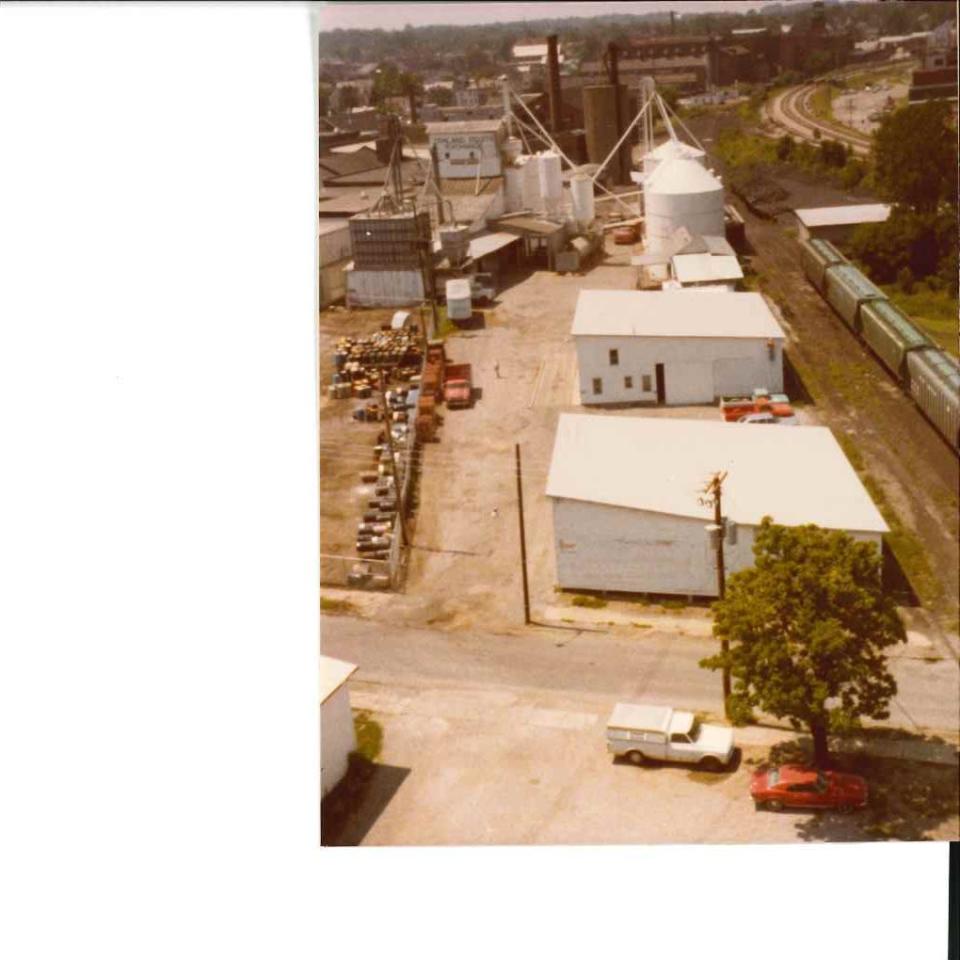Ashland Equity incorporated in 1916, survives two wars, 2 ag depressions
The Ashland Equity Exchange was another farmers’ cooperative organization that beat the Farm Bureau to Ashland by a handful of years. The Equity was incorporated May 1, 1916 and started business that October, with an office building and a scales set up in an old coal yard by the railroad.
The Equity Union was organized in Greenville, Illinois, in 1910. This association came to Ohio during World War I, and by 1923 there were 57 elevators in a region lying across north-central Ohio, particularly between the Lima/Van Wert and the Galion/Ashland areas. The Equity Union failed in the middle 1920s and was reorganized in 1926 as the Ohio Equity Exchange Company, with headquarters in Lima, Ohio.

More: Ashland Memories: Farm Bureau expanded outside the city when it became a cooperative
The Ashland Equity was located on Miller Street, north of Fourth Street, between Faultless Rubber Co. and the railroad. A 1919, Sanborn fire map shows it at that location, with a building that was built in 1917 containing an elevator with a capacity of 13,000 bushels, two grain cleaners and a feed grinder.
Frank Smith hired at Equity, and stays for 40 years
In its first year, the Ashland Equity Exchange was managed by P.F. Wicks and Luther Dickason, but a year later Frank R. Smith was hired as a bookkeeper in September 1917 and became manager just a month later.
Frank Smith was born at Red Haw in 1892 and grew up on his father’s farm. He attended Ashland city schools and then took a commercial course at Ashland College. This background set him up to manage the Equity, which he did for 40 years, until his retirement in 1957.
The 1930 Sanborn map shows the Equity still in its original location, but with additional structures. The elevator building had been expanded, and there were three more warehouses along the railroad, and a corn crib.

In 1931, Ashland historian Will Duff described the Equity, saying it is a “farmer owned organization and operates on a cooperative basis exclusively, whereby farmers may sell their products, as well as make purchases.” Between its organization in 1916 and 1931, the number of stockholders had increased from 100 to 220.
From coal yard to a business surviving two wars, two ag depressions
When the Equity held its 50th annual shareholders’ dinner in 1967, the Times-Gazette noted retired manager Frank Smith was in attendance for the 50th time. From that coal yard and one piece of equipment, the Equity had grown considerably. It had operated through two world wars and two agricultural depressions, and had grown throughout, paying dividends on its stock every year.
In 1967, the Equity had capacity to store grain, coal, gasoline, fertilizer, seed and farm equipment. It had a hammer mill, roller mill, and two feed mixers, as well as a grain cleaner and dryer. Its grain receiving equipment had capacity for 2000 bushels per hour.
The Equity also owned a 50-foot truck scale and eight pieces of delivery equipment − two petroleum tank trucks, a bulk feed truck, a bag feed truck, two dump trucks and two pickup trucks.
The Ashland Equity Exchange started with less than $6,000 in capital stock investment. By 1967, it had a net worth of over $260,000 and 829 stockholders.
This article originally appeared on Ashland Times Gazette: Ashland Equity Exchange adds to community in 1916

